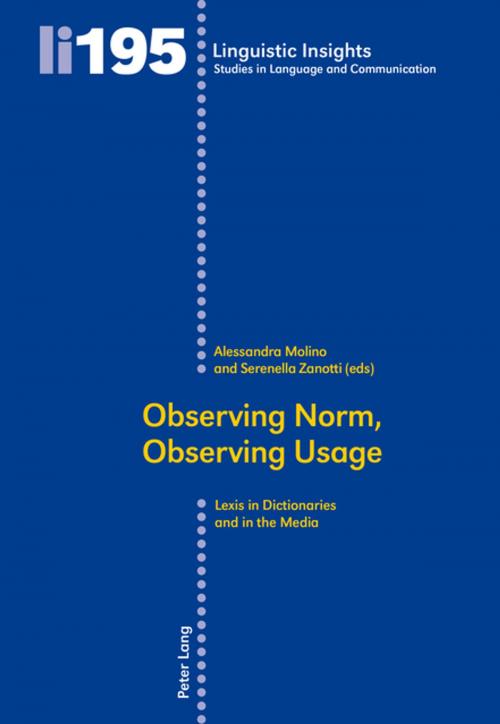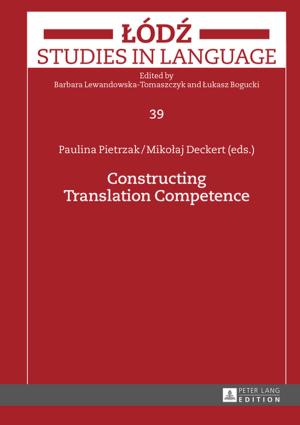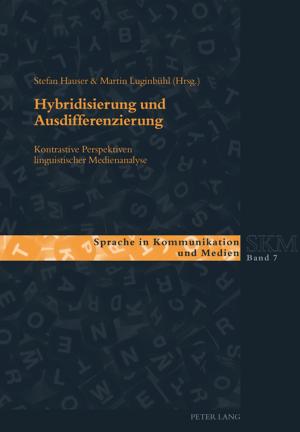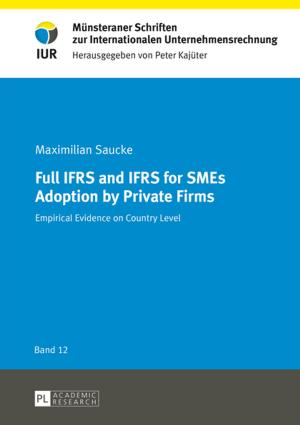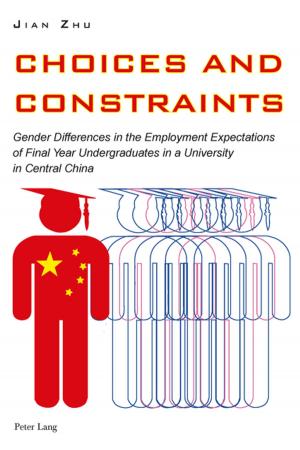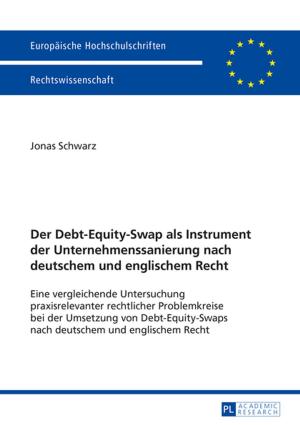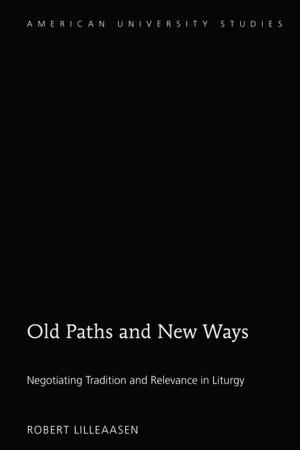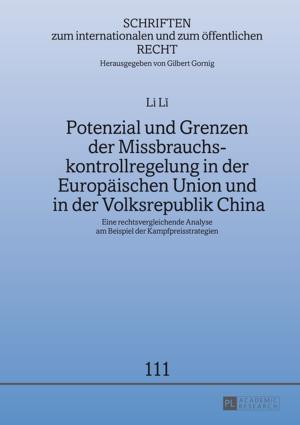Observing Norm, Observing Usage
Lexis in Dictionaries and the Media
Nonfiction, Reference & Language, Language Arts| Author: | ISBN: | 9783035194845 | |
| Publisher: | Peter Lang | Publication: | June 30, 2015 |
| Imprint: | Peter Lang AG, Internationaler Verlag der Wissenschaften | Language: | English |
| Author: | |
| ISBN: | 9783035194845 |
| Publisher: | Peter Lang |
| Publication: | June 30, 2015 |
| Imprint: | Peter Lang AG, Internationaler Verlag der Wissenschaften |
| Language: | English |
This volume includes a collection of studies on the interplay between norm and usage in lexis, which is explored by looking at both dictionaries and the media. The title features the polysemous verb to observe, which is used both in the sense of «investigating» use/usage and in that of «respecting» norms. This thematic area is analysed from a synchronic perspective focusing predominantly on the lexis of four European languages, namely English, French, Italian and Spanish, although other languages are occasionally referred to (e.g. Catalan and Danish). The volume comprises nineteen chapters, which provide a wide-ranging, but deeply focused overview of the complex and challenging interrelation between sites and processes of norm formation and the recontextualization, reconfiguration and re-creation of those norms. The book is structured in four thematic sections, which focus on the norm-setting role of dictionaries, the importance of authentic language use in recent lexicographic products, the impact of the Web on language usage as well as on the processes of norm creation and diffusion, and the impact of mass-mediated communication on lexis.
The volume contains contributions in English, French, Italian and Spanish.
This volume includes a collection of studies on the interplay between norm and usage in lexis, which is explored by looking at both dictionaries and the media. The title features the polysemous verb to observe, which is used both in the sense of «investigating» use/usage and in that of «respecting» norms. This thematic area is analysed from a synchronic perspective focusing predominantly on the lexis of four European languages, namely English, French, Italian and Spanish, although other languages are occasionally referred to (e.g. Catalan and Danish). The volume comprises nineteen chapters, which provide a wide-ranging, but deeply focused overview of the complex and challenging interrelation between sites and processes of norm formation and the recontextualization, reconfiguration and re-creation of those norms. The book is structured in four thematic sections, which focus on the norm-setting role of dictionaries, the importance of authentic language use in recent lexicographic products, the impact of the Web on language usage as well as on the processes of norm creation and diffusion, and the impact of mass-mediated communication on lexis.
The volume contains contributions in English, French, Italian and Spanish.
